Interview
in Nerdvana Media
Tarzan on Film author Scott Tracy Griffin
talks apes, actors and Edgar Rice Burroughs
Interview with Bob Leeper
In 2012, 100 years after the publication of Edgar Rice Burroughs’ first
fantasy stories, author and Ape-man aficionado Scott Tracy Griffin unveiled
his beautifully illustrated book Tarzan: The Centennial Celebration,
the ultimate tome detailing the character’s colorful, century-long history.
Now, Griffin is back with an in-depth look at the Lord of the Apes’ cinematic
career in his new book, Tarzan on Film.
With the popularity of the re-envisioned Planet of the Apes films
and the ecstatic buzz over the upcoming Warner Bros. movie The Legend
of Tarzan (opening July 1, 2016), simian-cinema is all the rage, and
Griffin’s Tarzan on Film is the perfect way to get caught
up on the granddaddy of all jungle adventurers.
Scott Tracy Griffin is considered an expert on Edgar Rice Burroughs’
storied pop culture accomplishments, and in addition to his published books
Griffin has been a contributor to periodicals including Cinefantastique,
FilmFax, Femme Fatale, and the Burroughs Bulletin. The author/actor has
also appeared in several documentaries and television specials focusing
on Burroughs and Tarzan.
Tarzan on Film
In excited anticipation of his upcoming appearance at the 2016 Phoenix
Comicon, the release of his Tarzan on Film book, and The
Legend of Tarzan movie, Mr. Griffin graciously granted Nerdvana his
first interview about the upcoming events. Read on as Scott Tracy Griffin
talks apes, actors and the legendary Edgar Rice Burroughs.
*** Did you first discover Tarzan through the books or the films?
When/where did you see your first Tarzan movie?
I read Edgar Rice Burroughs’ original novel, Tarzan of the Apes, at
age 9, which cemented my love for the author’s work. Prior to that, I was
familiar with the character, and was fascinated by the images on my older
brother’s Tarzan lunchbox.
Two movie scenes that made an impression on me when I saw them on television
(probably because of the menace and adventure they depicted) were Jock
Mahoney and Woody Strode battling over pots of boiling oil in Tarzan’s
Three Challenges and the safari party trapped in the idol pit in the
1959 remake of Tarzan the Ape Man. Along with an occasional syndicated
episode of the Ron Ely series, these are my first childhood memories of
Tarzan on screen.
*** When you title search “Tarzan” in the Internet Movie Database
you get 200 results. How many Tarzan films have actually been made, and
have you watched them all?
Depending on how you categorize the serials, television pilots, and
so forth, there are 52 authorized films and seven television series. Excepting
the three silent films currently believed to be lost — The Romance of
Tarzan (1918), The Revenge of Tarzan (1920), and the serial
Tarzan the Mighty (1928) — I’ve seen all the authorized films several
times. The balance of those 200 IMDB listings are television episodes,
unauthorized films, and bootlegs.
*** Legend has it that Edgar Rice Burroughs was never really satisfied
with Hollywood’s version of Tarzan; but did the author have a favorite
among the films?
Burroughs had a contentious relationship with most of the silent film
producers, because he felt cheated when they failed to deliver the promised
royalties after his initial advance payment — Hollywood accounting was
firmly established during the medium’s infancy. Burroughs seemed quite
happy with Metro-Goldwyn-Mayer’s serious, big-budget approach to the material
in Tarzan the Ape Man (1932) and Tarzan and His Mate (1934),
and had a warm (and highly profitable) relationship with producer Sol Lesser,
so he didn’t quibble over the later Tarzan films.
*** Which of the Tarzan films is your favorite? Which was most
interesting to research and write about?
I like them all, and find things to appreciate in each. My favorite
screen adaptation is the animated Filmation television series Tarzan,
Lord of the Jungle, which offers an intelligent, articulate ape man,
and is authentic to Burroughs’ original vision. I also have an affection
for the RKO Weissmuller films, which were great escapist fare, and I think
Disney did a great job with the animated feature.
*** Do you have a favorite singular scene from all the Tarzan
films?
I really like the jungle sequence in Greystoke — I wish we could
have experienced scripter Robert Towne’s directorial vision, since it was
his passion project. On another note, I find the humor in Tarzan Finds
a Son! enjoyable, especially the reveal when the yodeling Tarzan swings
into view with Boy — now grown from baby to child — dangling from his feet.
That always draws a chuckle.
*** Is it true that the original Crocodile Dundee (1986) was inspired
by Tarzan’s New York Adventure (1942)? Do you cover film “tributes” in
your book?
I’ve heard that, but can’t confirm it. Discussing the films influenced
and inspired by the Tarzan series would be a book in itself, so I confined
my approach in this outing to the authorized films and television series.
*** Tarzan, Cheeta and JaneWhat is one of the most interesting
trivia items you discovered while researching Tarzan on Film?
I was surprised at how well regarded Cheeta the chimp was, not just
by audiences, but by critics and entertainment reporters. Cheeta’s on-set
antics were frequently reported in the press, and reviewers seemed to really
like the little ape, whose humorous shtick doesn’t translate as well in
the modern era. I compiled four pages in my notes of positive quotes on
Cheeta from the films’ reviews. (Like Lassie, Cheeta was played by a series
of animals over the years.)
*** There is a bit of controversy surrounding the origin of Tarzan’s
victory cry, specifically the Johnny Weissmuller version of the yell. Does
your book conclude where it came from? Have you mastered the call yourself?
MGM publicity claimed that sound engineers combined Weissmuller’s voice
with “a hyena’s howl played backward, a camel’s bleat, the pluck of a violin,
and a soprano’s high C.” There are various anecdotal stories about the
sound’s creation, but what is evident is that it is a palindrome of a human
yodel highlighted by a musical note in the middle, perhaps from a clarinet.
Weissmuller was able to mimic the sound a cappella with a fair amount of
accuracy, because he loved to cut loose with the Tarzan cry whenever he
felt so inspired — often, after a couple of drinks! Like many kids growing
up in rural America, I enjoyed giving that victory cry during my childhood.
*** What are you hopes for the upcoming Legend of Tarzan film?
What do you want to see in a Tarzan film that we haven’t seen on screen
before?
My greatest desire is that it creates a new generation of Tarzan fans,
and a renewed interest in Edgar Rice Burroughs and his literary canon.
I’d like to see the Tarzan of Burroughs’ novels — a feral man of almost
superhuman strength, who navigates effortlessly between the House of Lords
and the most primitive jungle — rather than the monosyllabic savage that
was so popular in the past.
*** Why do you think Tarzan has remained popular for over 100
years and why is he still relevant today?
Edgar Rice Burroughs tapped into a primal myth in creating Tarzan.
He was steeped in the Greek and Roman classics, and imbued his work with
heroic archetypes. Tarzan appeals to all that is good and noble in us,
while serving as a wish-fulfillment fantasy of being all-powerful. I think
that the character is timeless and can appeal to all generations and cultures,
as long as the adaptation reflects the spirit of Burroughs’ vision.

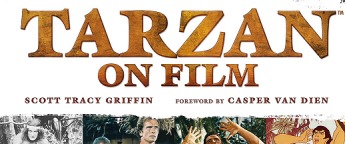


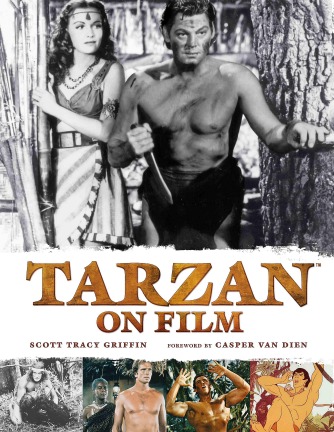
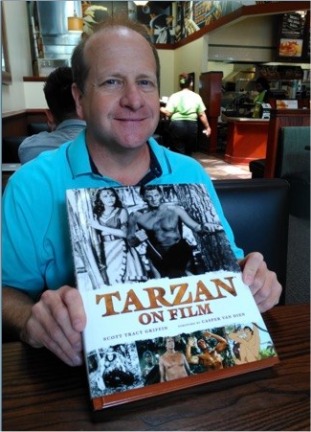
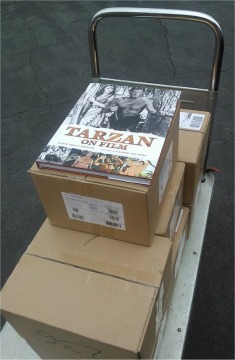 .
.
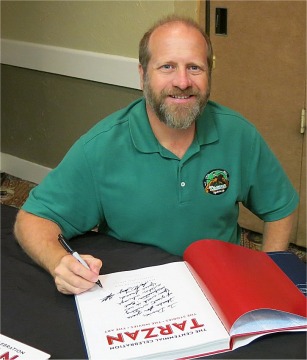
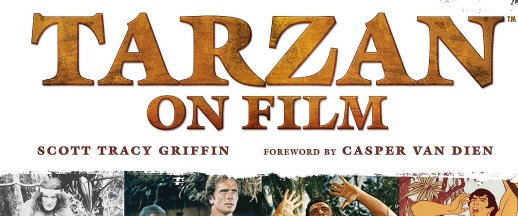
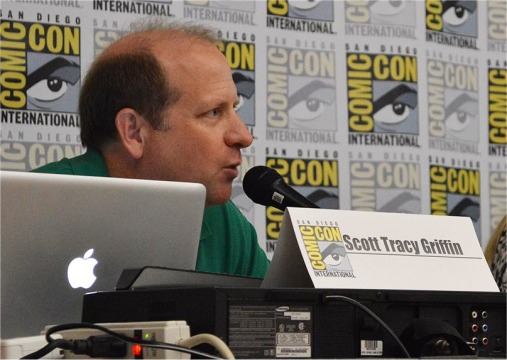
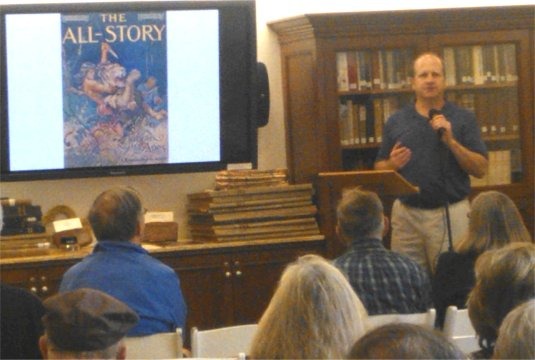
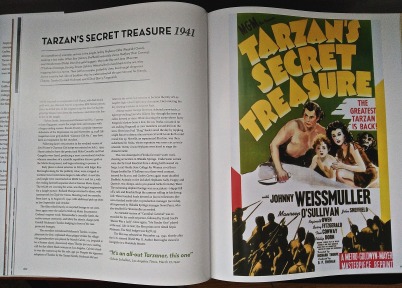
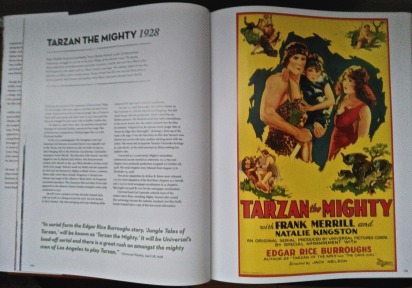
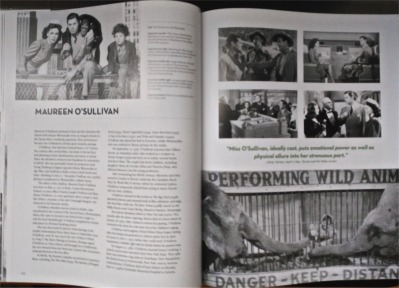
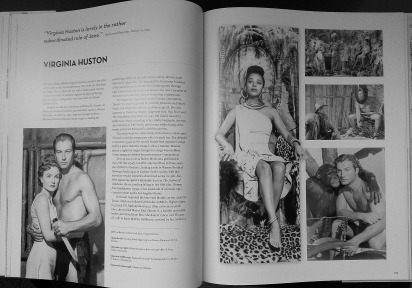
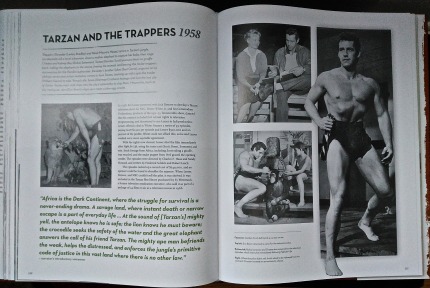
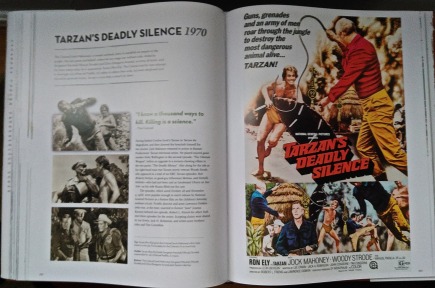
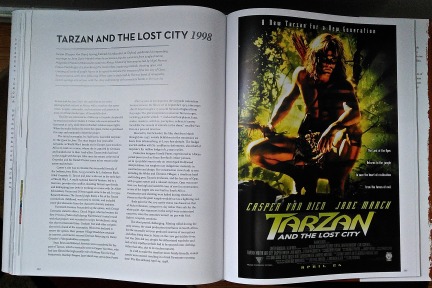
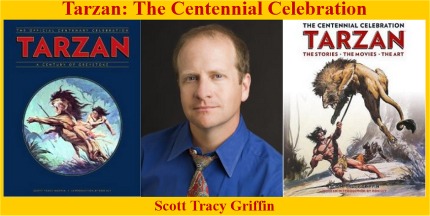 .
.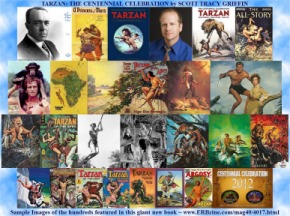
![]()

![]()